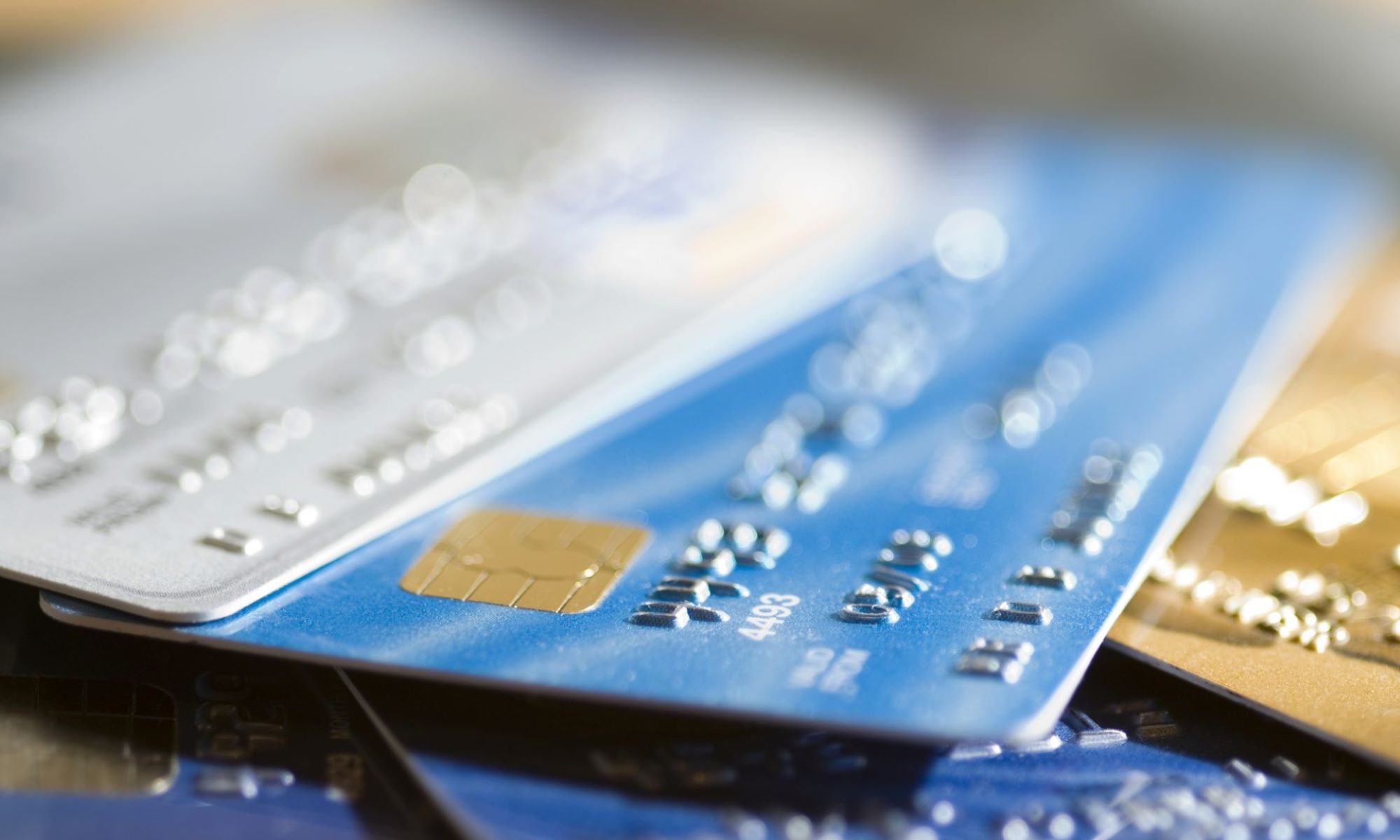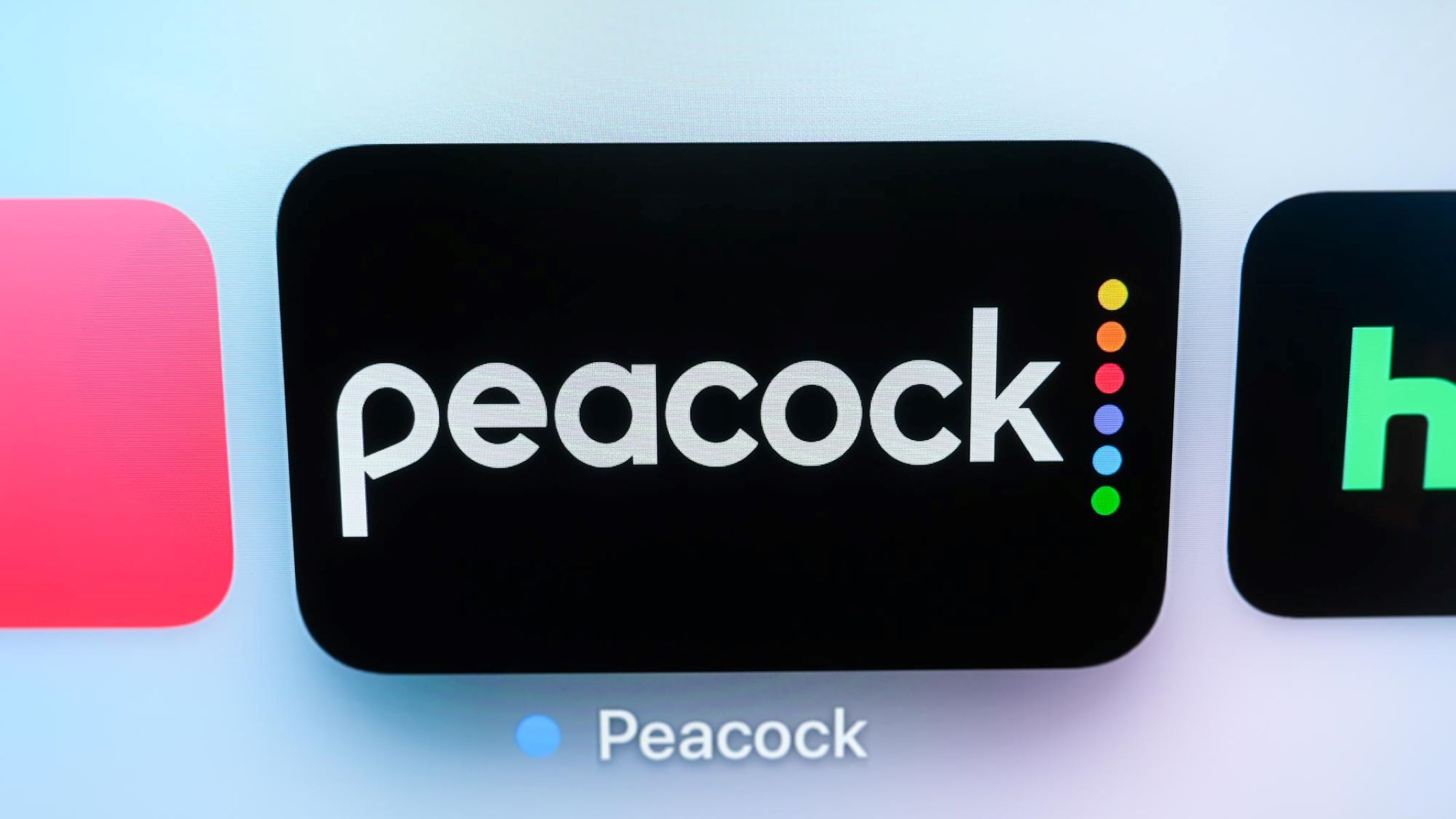Home>Finance>How Can I Remove Money From My Savings Account?


Finance
How Can I Remove Money From My Savings Account?
Modified: February 21, 2024
Learn how to remove money from your savings account with these simple finance tips. Find out the best strategies to access your funds and manage your finances effectively.
(Many of the links in this article redirect to a specific reviewed product. Your purchase of these products through affiliate links helps to generate commission for LiveWell, at no extra cost. Learn more)
Table of Contents
Introduction
Having a savings account is a great way to set aside money for future needs or unexpected expenses. However, there may come a time when you need to access those funds. Whether you’re saving for a down payment on a new home, planning a vacation, or facing an unforeseen financial situation, you might be wondering how to remove money from your savings account.
In this article, we will explore various options available to withdraw money from your savings account. From traditional methods such as visitng a branch or using an ATM, to modern solutions like online and mobile banking, we will cover the many avenues you have to access your savings.
Each method has its own advantages and considerations, and understanding how to navigate these options can help you make an informed decision based on your specific needs and preferences.
So, let’s dive into the different ways you can remove money from your savings account and find the one that best suits your requirements.
Withdrawal Options
When it comes to removing money from your savings account, there are several options available to you. These options may vary depending on the bank or financial institution you have your account with. Here are some common withdrawal methods:
- ATM Withdrawals: One of the most convenient ways to access your savings is through an ATM. Most banks provide ATM cards or debit cards that are linked to your savings account. Simply find an ATM within your bank’s network or a partner network, insert your card, enter your PIN, and select the amount you wish to withdraw. Make sure to keep your card and PIN secure to prevent unauthorized access to your account.
- Over-the-Counter Withdrawals: If you prefer a more personal approach, you can visit a branch of your bank and withdraw money over the counter. Take some identification documents with you, such as your driver’s license or passport, as the bank may require them to process the transaction. The teller will assist you in completing the necessary forms and provide you with the requested funds.
- Electronic Transfers: Another option to remove money from your savings account is through electronic transfers. This method allows you to transfer funds from your savings account to another account, whether it’s within the same bank or another financial institution. You can initiate the transfer online or through your bank’s mobile app by providing the recipient’s account details.
These are just a few of the withdrawal options available to you. Depending on your bank and their policies, there may be additional methods such as online banking, mobile banking, or writing checks that you can explore. Understanding these options will help you choose the most convenient and secure way to access your savings when needed.
ATM Withdrawals
ATM withdrawals are a popular and convenient method to access funds from your savings account. Most banks provide ATM cards or debit cards that can be used to withdraw money from ATMs located both within and outside of their branch network. Here’s what you need to know about making ATM withdrawals:
Process: To make an ATM withdrawal, locate an ATM that is within your bank’s network or a partner network. Insert your ATM card into the card slot and follow the prompts on the screen. You will usually be asked to enter your Personal Identification Number (PIN) to authenticate the transaction. Then, select the type of account (savings) and enter the amount you wish to withdraw. The ATM will dispense the requested cash, and you will receive a receipt for your transaction.
Limitations: ATMs often have daily withdrawal limits to ensure the security of your account and funds. These limits can vary depending on your bank’s policies, but they are typically in the range of a few hundred to a few thousand dollars. It’s important to be aware of these limits to avoid any inconvenience when you need to withdraw a larger sum of money.
Charges: While some banks allow free ATM withdrawals within their network, there may be fees associated with using ATMs outside of your bank’s network. These fees can vary depending on the ATM operator and are typically disclosed to you during the transaction. Make sure to check your bank’s policies regarding ATM fees to avoid any surprises.
Security Measures: When using ATMs, it’s vital to prioritize your security. Protect your PIN by covering the keypad when entering it, and be cautious of your surroundings to avoid any potential skimming devices or suspicious activities. It’s a good practice to regularly monitor your account statements and report any unauthorized transactions to your bank immediately.
ATM withdrawals are a convenient way to access your savings account on-the-go. They offer flexibility and ease of use, allowing you to withdraw cash whenever you need it. However, it’s important to be mindful of the daily withdrawal limits and any associated fees to ensure a smooth and cost-effective experience.
Over-the-Counter Withdrawals
If you prefer a more personalized approach or need assistance with your withdrawal, over-the-counter withdrawals at a bank branch is a suitable option. Here’s what you need to know about making over-the-counter withdrawals:
Procedure: To make an over-the-counter withdrawal, you’ll need to visit a branch of your bank in person. Bring along your identification documents, such as your driver’s license or passport, as the bank may require them to verify your identity. Head to the teller counter and let them know that you would like to withdraw money from your savings account. The teller will guide you through the necessary steps to process the transaction and provide you with the requested funds.
Accessibility: Over-the-counter withdrawals offer face-to-face interaction with a bank representative. This can be particularly helpful if you have complex withdrawal requirements, need to withdraw a large amount, or have specific questions related to your account.
Service Charges: It’s worth noting that some banks may charge a fee for over-the-counter withdrawals, especially if they exceed a certain limit or if you make frequent transactions. Be sure to inquire about these charges beforehand to avoid any surprises.
Banking Hours: Over-the-counter withdrawals are subject to the banking hours of the branch. It’s essential to check the operating hours of the bank to ensure that you can make your withdrawal within the given timeframe. Keep in mind that branches may have limited operating hours on weekends or holidays.
Advantages: Over-the-counter withdrawals offer human interaction and personalized assistance, making them a good option if you have specific needs or concerns. Additionally, the teller can provide information on other banking services, answer questions about your account, or help resolve any issues that you may have during the withdrawal process.
Over-the-counter withdrawals provide a hands-on approach to accessing your savings account. If you require the expertise of a bank representative, have specific questions or concerns, or need to make a larger transaction, this method offers the necessary guidance and assistance to fulfill your withdrawal needs.
Electronic Transfers
Electronic transfers provide a convenient and efficient way to move money from your savings account to another account, whether it’s within the same bank or a different financial institution. Here’s what you need to know about making electronic transfers:
Process: Electronic transfers can be initiated through online banking or your bank’s mobile app. Log in to your account and navigate to the transfer or payments section. Provide the necessary details, including the recipient’s account information such as the account number and the routing number (for transfers to other banks). Enter the amount you wish to transfer and confirm the transaction. The funds will be deducted from your savings account and deposited into the designated recipient account.
Accessibility: Electronic transfers can be done anytime and anywhere, as long as you have access to a computer or a mobile device with an internet connection. This flexibility allows you to conveniently transfer money at your convenience, without the need to visit a bank branch.
Processing Time: The processing time for electronic transfers can vary. Transfers between accounts within the same bank typically occur almost instantly, while transfers to other banks may take a few business days. It’s important to keep this timing in mind if you require the transferred funds by a specific date.
Security Measures: To ensure the security of your electronic transfers, banks employ various security measures, such as encrypted connections and two-factor authentication. It’s important to keep your login credentials and personal information secure and up-to-date to prevent any unauthorized access to your account.
Limitations: Banks may impose limits on the amount of money you can transfer electronically. These limits can vary depending on the bank’s policies and the type of account you have. Make sure to check with your bank to understand any restrictions or fees associated with electronic transfers.
Advantages: The convenience, speed, and accessibility of electronic transfers make them an attractive option for moving money between accounts. Whether you need to transfer funds to a family member, pay bills, or make investments, electronic transfers provide a seamless and efficient way to manage your savings.
Electronic transfers offer a hassle-free method to move money from your savings account to other accounts. With their convenience and flexibility, this option is ideal for those who prefer the convenience of online or mobile banking and need to transfer funds to other accounts efficiently and securely.
Online Banking
Online banking has revolutionized the way we manage our finances, allowing easy access to our savings accounts and a wide range of banking services. Here’s what you need to know about utilizing online banking for withdrawals:
Accessing Your Account: Online banking gives you 24/7 access to your savings account from the comfort of your own home or anywhere with an internet connection. Log in to your bank’s online portal using your username and password to view your account details, including your savings balance, recent transactions, and other account information.
Withdrawal Options: Online banking offers various options for withdrawing money from your savings account. You may be able to initiate electronic transfers to other accounts, set up bill payments, or request a check to be mailed to you. The specific withdrawal options available through online banking may depend on your bank’s policies and the services they offer.
Security Measures: Banks invest heavily in ensuring the security of their online banking platforms. They use encryption technology and implement multi-factor authentication to protect your account from unauthorized access. It’s essential to maintain strong login credentials and regularly monitor your account for any suspicious activity.
Built-in Features: Online banking platforms often provide additional features that can enhance your banking experience. These can include the ability to set up automatic transfers between accounts, monitor your spending patterns, and receive alerts for account activity. Explore the various features available to make the most of your online banking experience.
Customer Support: While online banking offers convenience, there may be times when you need assistance or have questions. Most banks provide customer support through their online banking platforms, allowing you to chat with representatives or access a frequently asked questions (FAQ) section. Alternatively, you can contact the bank’s customer service hotline for personalized assistance.
Advantages: Online banking provides the flexibility to manage your savings account anytime, anywhere. It eliminates the need to visit a branch or wait in line, making it a convenient option for withdrawals. Whether you need to transfer funds, make bill payments, or request a check, online banking offers a streamlined process for accessing your savings.
Online banking has transformed traditional banking practices, putting control and accessibility at your fingertips. With its convenience, security measures, and additional features, online banking provides a comprehensive solution for managing your savings account and making withdrawals efficiently.
Mobile Banking
In our increasingly mobile-centric world, mobile banking has become a popular way to manage finances on the go. With the power of smartphones, you can conveniently access your savings account and make withdrawals through mobile banking. Here’s what you need to know:
Mobile Banking Apps: Banks offer mobile banking apps that can be downloaded and installed on your smartphone or tablet. These apps provide a user-friendly interface for accessing your savings account and performing various banking transactions.
Account Accessibility: Mobile banking allows you to check your savings account balance, view transaction history, and even make withdrawals directly from your mobile device. Simply log in to your mobile banking app using your username and password to access your account information.
Withdrawal Options: Mobile banking apps provide several options for making withdrawals. You can initiate electronic transfers to other accounts, set up bill payments, or even use mobile deposit capture to deposit checks into your savings account. Some banks also offer features like person-to-person transfers or peer-to-peer payments, which allow you to send money to friends or family.
Security Measures: Mobile banking apps incorporate robust security features to protect your account. These may include biometric authentication such as fingerprint or face recognition, as well as encryption technology to secure your personal and financial information. It’s important to keep your mobile device updated with the latest software and take necessary precautions to protect your login credentials.
Convenience: Mobile banking offers unparalleled convenience, allowing you to manage your savings account from anywhere at any time. Whether you’re on vacation, in a coffee shop, or simply relaxing at home, you can easily make withdrawals and handle your financial needs with just a few taps on your mobile device.
Advantages: Mobile banking offers a seamless and efficient way to access your savings account and make withdrawals. With its convenience, user-friendly interface, and extensive features, mobile banking provides flexibility and accessibility for managing your finances on the go.
Mobile banking has transformed the way we interact with our savings accounts. With its array of features, security measures, and ease of use, mobile banking empowers you to take control of your finances wherever you are, ensuring that your savings are always at your fingertips.
Writing Checks
While traditional, writing checks is still a valid method for withdrawing money from your savings account. Although less commonly used in today’s digital age, some situations may require writing a check. Here’s what you need to know about withdrawing money by writing checks:
Process: To write a check for a withdrawal, you’ll need a checkbook provided by your bank. Fill in the appropriate date, payee (the recipient’s name), and the amount you wish to withdraw. Sign the check at the designated line to authorize the transaction. To prevent fraud or unauthorized use, record the details of the transaction in your checkbook register.
Depositing the Check: The recipient of your check can deposit it into their bank account. Once the check is deposited, the funds will be taken from your savings account and transferred to the recipient’s account. It’s important to ensure that you have sufficient funds in your savings account to cover the amount written on the check.
Processing Time: Check processing times can vary depending on the banks involved. Typically, it takes a few business days for the funds to be transferred from your account to the recipient’s account. It’s important to keep this in mind when writing checks for time-sensitive payments.
Record-Keeping: It’s crucial to maintain accurate records when writing checks. Keep track of the checks you write, including the date, payee, and amount, in your checkbook register. This will help you reconcile your bank statement and ensure that your account balance reflects the checks you have written.
Advantages: Writing checks can provide a tangible and paper trail for your transactions. It can be useful for specific situations where check payment is required or when dealing with individuals or businesses that may not accept electronic or card payments.
Considerations: Keep in mind that check usage may entail additional costs. Some banks charge fees for check orders, and there may be fees associated with bounced checks or stop payment requests. It’s essential to review your bank’s fee schedule and keep sufficient funds in your account to avoid any penalties.
While writing checks may be less common today, it still serves as a viable option for withdrawing money from your savings account. Understanding the process, maintaining accurate records, and considering the associated costs will help you make informed decisions when utilizing checks for withdrawals.
Debit Card Usage
A debit card provides a convenient and widely accepted method for withdrawing money from your savings account. Here’s what you need to know about using your debit card for withdrawals:
Process: Debit cards are typically issued by banks and are linked directly to your savings account. When making a purchase or withdrawing cash, simply present your debit card at a point-of-sale terminal or ATM. Enter your Personal Identification Number (PIN) to authorize the transaction, and the funds will be deducted from your savings account.
ATM Withdrawals: Debit cards can be used at ATMs to withdraw cash. Locate an ATM within your bank’s network or a partner network, insert your card, enter your PIN, and specify the amount you wish to withdraw. The ATM will dispense the requested cash, and the transaction will be reflected in your account.
Point-of-Sale Transactions: Debit cards can be used to make purchases at various retail locations. Simply swipe or insert your card into the card reader, enter your PIN or provide a signature, and the purchase amount will be deducted from your savings account.
Over-the-Counter Transactions: Some banks also allow you to make over-the-counter transactions using your debit card at the branch. This can be helpful if you prefer a more personal approach or require assistance with your transaction.
Limitations and Fees: Debit cards often have daily withdrawal limits to ensure the security of your account. These limits can vary depending on your bank’s policies. Additionally, it’s important to be aware of any fees associated with using your debit card, such as ATM fees for using out-of-network ATMs.
Security Measures: Debit cards come with built-in security measures, such as chip-and-pin technology or contactless payment options like Apple Pay or Google Pay. It’s crucial to safeguard your card, report any lost or stolen cards immediately, and monitor your account for any unauthorized transactions.
Advantages: Debit card usage provides convenience, as it allows you to access your funds for purchases or cash withdrawals without the need to carry large amounts of cash. Additionally, debit cards are widely accepted and can be used at a variety of merchant locations worldwide.
Using a debit card offers a convenient way to access your savings account and make withdrawals. Whether you’re making purchases or need cash on-the-go, the versatility and ease of use make debit cards a popular choice for managing your savings.
Closing the Account
If you’ve decided that you no longer need your savings account or want to switch to a different financial institution, you may consider closing the account. Here’s what you need to know about the process of closing your savings account:
Contact Your Bank: Start by contacting your bank to inform them of your intention to close the account. They can provide you with specific instructions and any necessary paperwork that needs to be completed.
Withdraw the Remaining Balance: Before closing the account, ensure that you withdraw any remaining balance. You can do this by using any of the withdrawal methods discussed earlier, such as ATM withdrawals, over-the-counter withdrawals, or electronic transfers. Make sure to leave enough funds in the account to cover any pending transactions or outstanding checks.
Close the Account: Follow your bank’s specific instructions for closing the account. This may involve filling out a closure request form or providing written notice. You may also need to return any unused checks or debit cards associated with the account. Ensure that you receive confirmation from the bank that your account has been successfully closed.
Verify Closure: Monitor your account statements or online banking portal to confirm that all transactions have been processed and there are no remaining funds or pending charges associated with the closed account. Additionally, keep any closing statements or documentation provided by your bank for future reference.
Considerations: Before closing your savings account, evaluate any potential consequences or fees associated with account closure. Some banks may charge a fee for closing an account, especially if it’s done shortly after opening. Additionally, consider the impact on your credit score, as closing an account could affect your credit utilization ratio or account history.
Account Closure Alternatives: If you no longer wish to use your savings account but still want to maintain a relationship with the bank, you may have the option of keeping the account open with a zero or minimal balance. This way, you can avoid any closure fees and have the account available should you need it in the future.
Closing your savings account is a straightforward process, but it’s important to follow the necessary steps and guidelines provided by your bank. By taking the proper measures, you can ensure a smooth closure and properly manage your finances during the transition.
Considerations and Tips
When it comes to removing money from your savings account, there are some important considerations and useful tips to keep in mind. These factors can help you make informed decisions and make the most of your savings withdrawal:
Emergency Fund: Before any withdrawals, it’s crucial to maintain an emergency fund in your savings account. This fund acts as a financial safety net for unexpected expenses or situations, providing you with peace of mind and stability in times of need.
Withdrawal Limits: Be aware of any withdrawal limits imposed by your bank. ATMs, over-the-counter withdrawals, and electronic transfers may have daily or transactional limits. Understanding these limits will help you plan your withdrawals accordingly to avoid any inconvenience.
Transaction Fees: Review your bank’s fee schedule to understand if there are any charges associated with your chosen withdrawal method. ATM fees, over-the-counter transaction fees, or fees for using out-of-network ATMs can add up, so it’s important to be aware of these costs and factor them into your decision.
Security Precautions: Prioritize the security of your savings account. Keep your ATM card, debit card, or checkbook in a safe place and protect your PIN or login credentials. Regularly monitor your account activity and report any suspicious transactions to your bank immediately.
Budgeting: Before making any withdrawals, it’s essential to have a clear understanding of your financial needs and goals. Create a budget to track your income, expenses, and savings goals. This way, you can make informed decisions about when and how much to withdraw from your savings account.
Review Withdrawal Options: Take the time to familiarize yourself with the various withdrawal options offered by your bank. Consider the convenience, fees, and accessibility of each method. Choose the option that best aligns with your preferences and financial needs.
Documentation: Keep thorough records of your withdrawals and financial transactions. This includes retaining receipts, recording transactions in your checkbook register, and reviewing bank statements regularly. Having accurate documentation will help you reconcile your accounts and maintain financial organization.
Regular Account Maintenance: Periodically review your savings account to ensure it aligns with your financial goals and needs. Consider factors such as interest rates, account fees, and additional services offered by your bank. If you find that your savings account no longer meets your requirements, consider exploring other options that better suit your needs.
Seek Financial Advice: If you have specific financial goals or questions, consider seeking guidance from a financial advisor. They can provide personalized advice and help you make strategic decisions regarding your savings and withdrawals.
By considering these factors and implementing these tips, you can effectively manage your savings account and make withdrawals in a way that aligns with your financial goals and preferences. Remember, the key is to find a balance between accessibility, security, and maintaining a healthy financial foundation.
Conclusion
Removing money from your savings account is a straightforward process, but it’s important to understand the various options and considerations available to you. Whether you choose to utilize ATM withdrawals, over-the-counter transactions, electronic transfers, online banking, mobile banking, writing checks, or debit card usage, each method has its own advantages and considerations.
ATM withdrawals provide convenience and accessibility, allowing you to access cash whenever needed. Over-the-counter transactions offer personalized assistance and human interaction. Electronic transfers provide a seamless and efficient way to move funds between accounts. Online banking and mobile banking bring banking services to your fingertips, giving you control over your savings account anywhere, anytime. Writing checks can be useful in situations where physical payment is required or when dealing with individuals or businesses that do not accept electronic payments. Debit card usage offers a widely accepted and convenient way to make purchases or withdraw cash.
While making withdrawals, it’s important to consider factors such as withdrawal limits, transaction fees, security measures, and maintaining an emergency fund. Regularly reviewing and maintaining your savings account, tracking your expenses through budgeting, and seeking financial advice when needed are essential for effective financial management.
In conclusion, understanding the available withdrawal options, considering the associated fees and limitations, and prioritizing security and financial goals will help you make informed decisions when removing money from your savings account. Always ensure that you select a method that aligns with your needs, preferences, and circumstances, allowing you to access your savings when required while maintaining a solid financial foundation.














